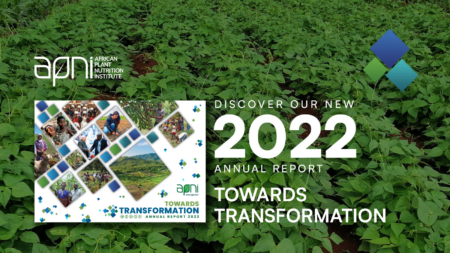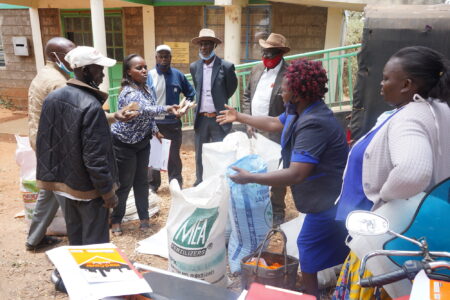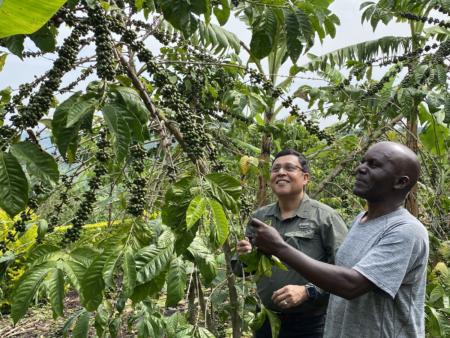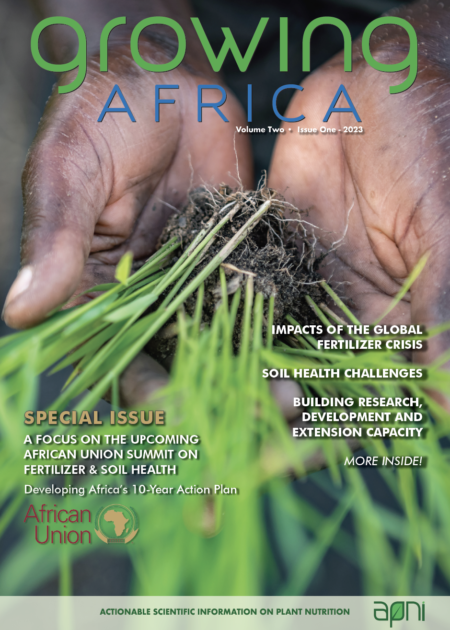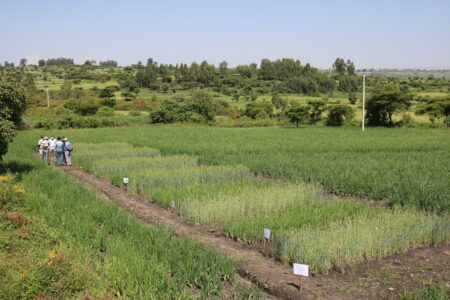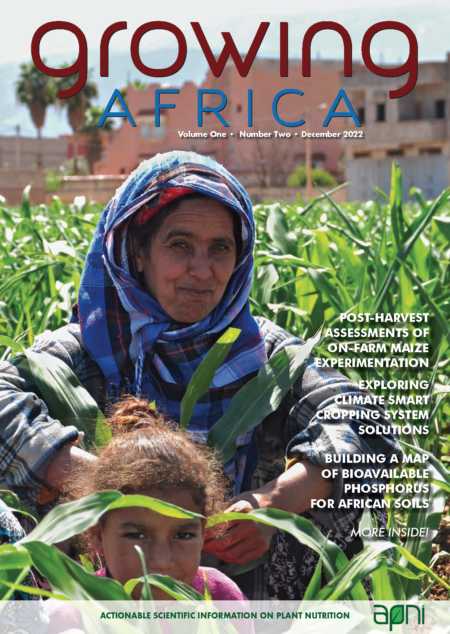Author: APNI Editor
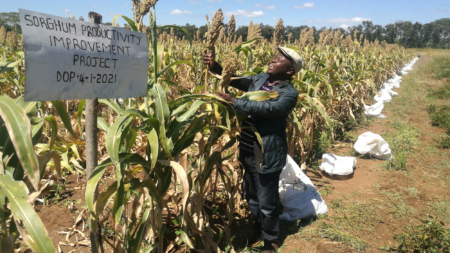 E
E
Exploring Climate Smart Cropping System Solutions for Smallholder Farmers
The effects of climate change are threatening the stability of smallholder farmers in Malawi. As such, most farmers are receptive to adaptive strategies such as increased adoption of drought-tolerant crops like sorghum. Here smallholders provide insight into the long-term impacts of climate change, and related field research examines nutrient management within a new grain legume-sorghum cropping system offering food security and climate resilience.
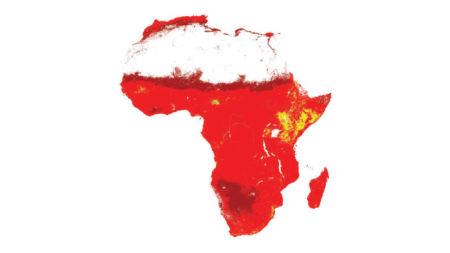 B
B
Building a Map of Bioavailable Phosphorus for African Soils
Researchers have produced a comprehensive map of soil P bioavailability for Africa’s commercial crops showing that almost the entirety of the continent’s agricultural soils can be expected to have an economic response to the application of P fertilizer.
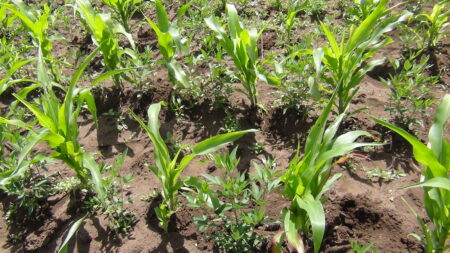 G
G
Grain Legumes Contribute Immediate and Residual-Effects in Rain-fed Maize Production Systems
Within-season effects of intercropping are receiving increasing attention. However, the rotational performance is rarely investigated across seasons, even though the two are complementary strategies providing spatial-temporal crop diversification.
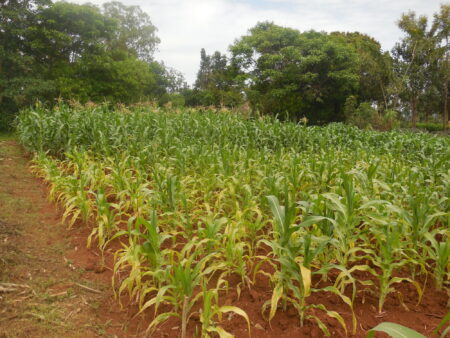 V
V
Variability in Yield Response Strongly Affects Maize Productivity and Nutrient Requirements
Smallholder maize productions systems in western Kenya exhibited wide spatial and temporal variability in yield responses to N, P and K application at the field level. Nutrient omission trials provide evidence of strong and ubiquitous N limitations and high vulnerability for rapid decline in P and K under continuous cropping without balanced nutrient applications.
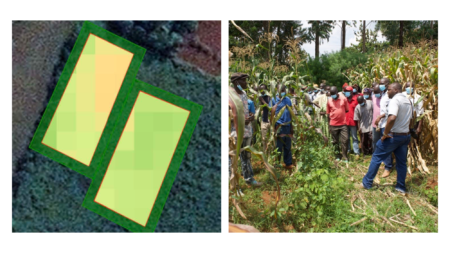 P
P
Post-Harvest Assessments of On-Farm Maize Experimentation Provide Key Checkpoints for Farmers and Stakeholders
The completion of the most recent maize-growing seasons in northern Côte d’Ivoire and Kenya (western and eastern regions) provided a first opportunity for farmers to share assessments from participating within a new on-farm research initiative for sub-Saharan Africa called NUTCAT - meaning Nutrient Catalyzed Agricultural Transformation.
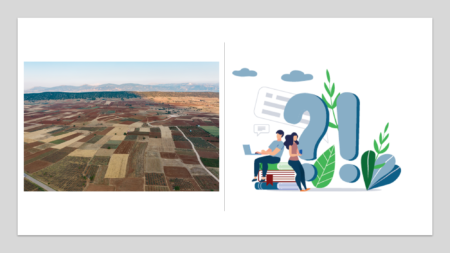 A
A
Ask An APNI Expert: Precision Ag Models
Many people assume that PA is going to involve technology – sensors, satellites, computers, etc., but according to the definition, PA is about variability – how to measure it and how to manage it. Technology gives us tools to do this but developing a model for PA doesn’t depend on it.


